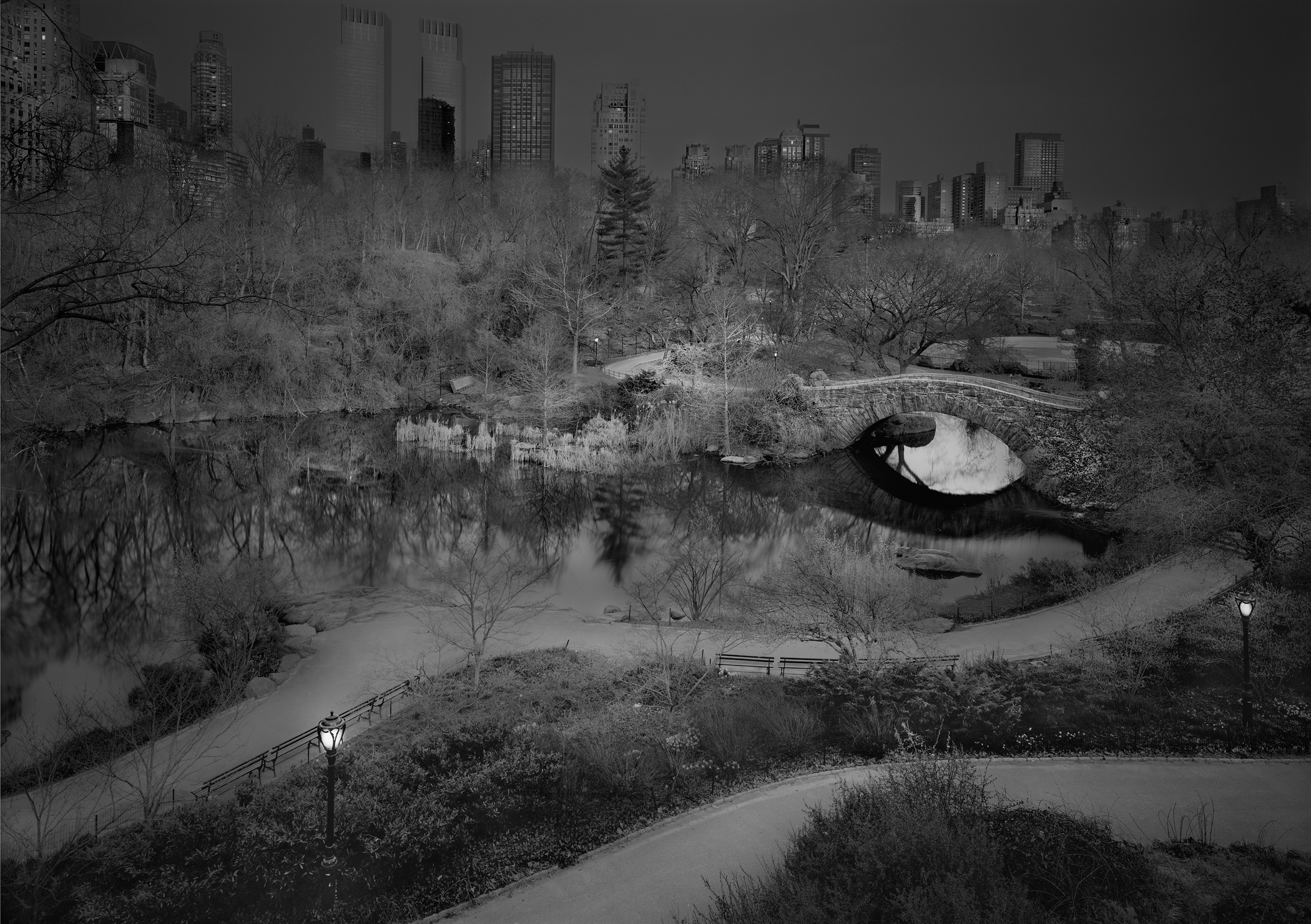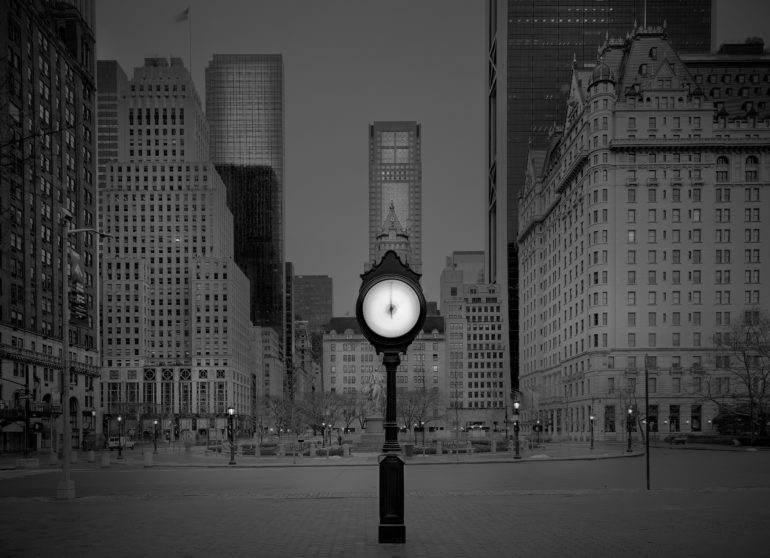Last Updated on 01/27/2019 by Mark Beckenbach
All images by Michael Massaia. Used with permission.
Michael Massaia likes to walk amongst the creatures of the night. It is where he is most content and able to create stunning fine art photography. A self-described perfectionist, Michael takes his time in order to bring captivating concepts to fruition. His work has been exhibited far and wide and his prints admired, purchased, and hung by many people who love his work.
We caught up with Michael to see what life is like as a fine art photographer always on the quest to find perfection.
Phoblographer: In your own words, what is a fine art photographer and why do you feel you fit into that category?
MM: I suppose “Fine Art Photographer” used to mean that you didn’t work commercially, or you weren’t striving to create something strictly literal (like a photojournalist). So, by those definitions, I think I fit into that category.
Phoblographer: Let’s talk about your series ‘Quiet Now’. It was a means to keep hold of your childhood. Tell us why this was important to you and how photography helped you remain connected to your younger self?
MM: When I was growing up, the environment was much less controlled than it is now. You had what seemed like complete freedom to make any number of both good and bad choices. After you made those choices, you alone would have to deal with whatever the outcome. For me, my -“Quiet Now” series was a perfect ode to that period of time. The first image I took in that series was a picture of a semi-bent/crushed beer can with a bottle rocket aimed out of it just prior to the fuse being lit. This picture was very exciting to me because it looked like a classic sculpture, representing something romantic, dangerous, exciting, stupid, and most importantly- free.
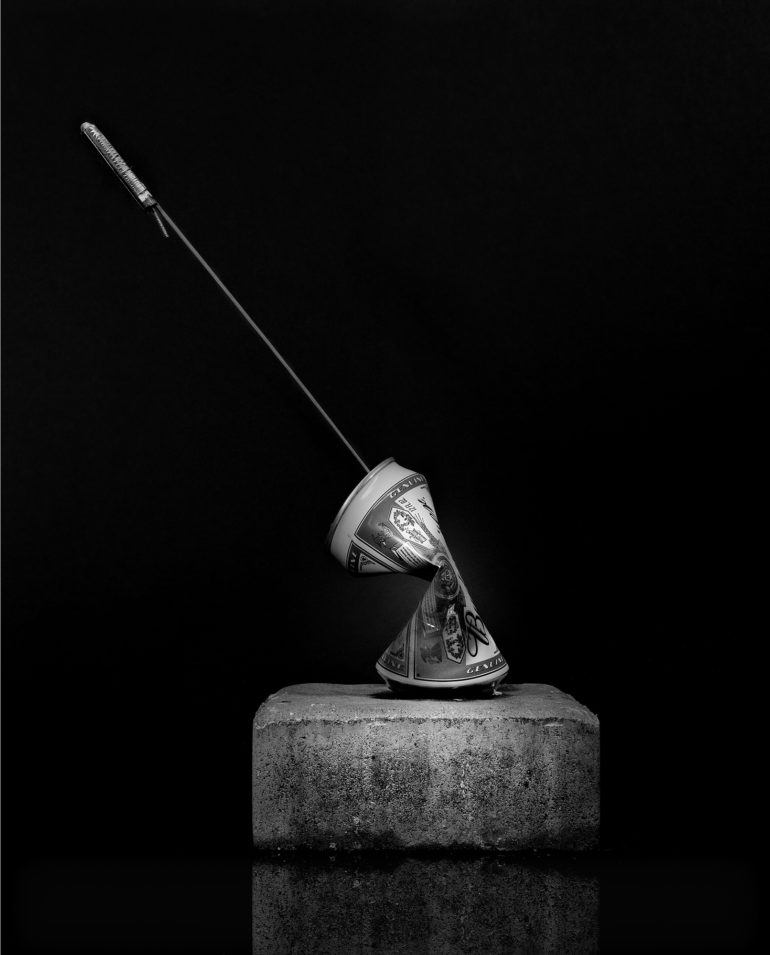
Phoblographer: ‘Chewed Gum’ is an interesting project. Where did the idea come from to turn something rather unpleasant into an impressive piece of art?
MM: In about 2011, I started taking pictures of melting ice cream pops entitled-“Transmogrify”. This series also represented another exciting symbolism of being young and the passing of time, etc… While working on that series I became interested in finding other food items that could be sculpted or changed into something compelling. I started making little sculptures of gum after I chewed it (Big League Chew worked the best). The series became very exciting after I took some high-resolution scans of the sculptures. I was amazed by how textured and complex the gum looked when printed at high contrast levels. This really opened the floodgates for new sculpture ideas. One real breakthrough that came while working on the series, was when I was trying to sculpt a human heart, but couldn’t get the veiny tissue to look real. What I l finally did was to simply blow a large bubble to thin the gum out, and then mounted the bubble on a black piece of plexiglass. I was amazed by how the bubble created an almost identical analog to human tissue.
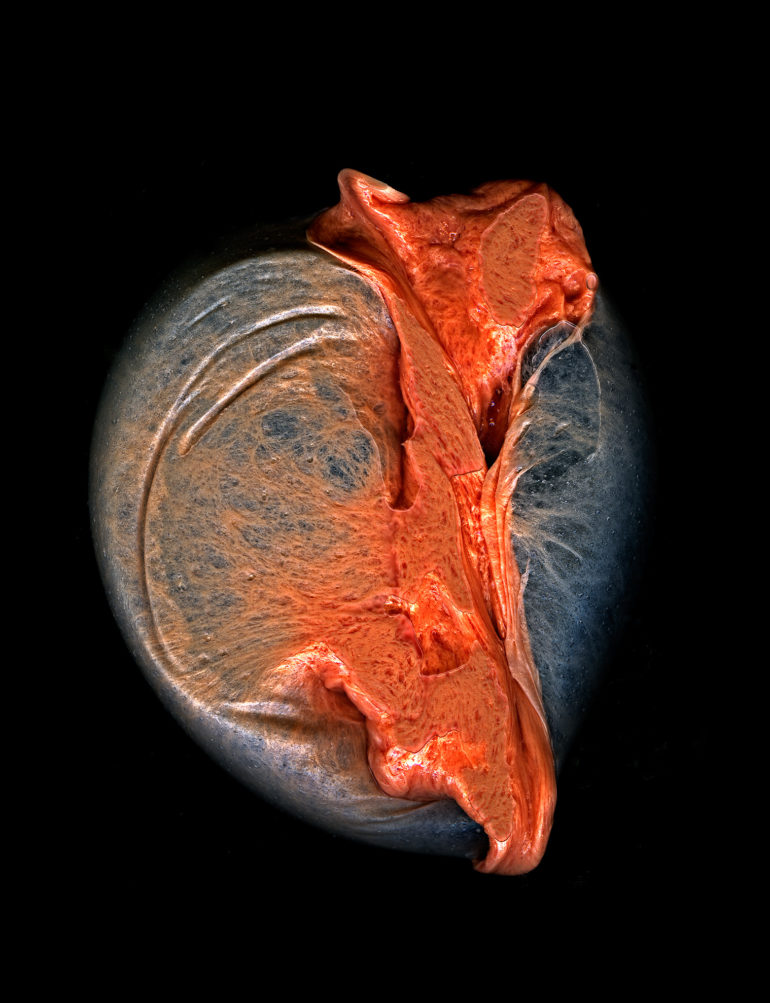
I feel connected to the world when nobody is around.
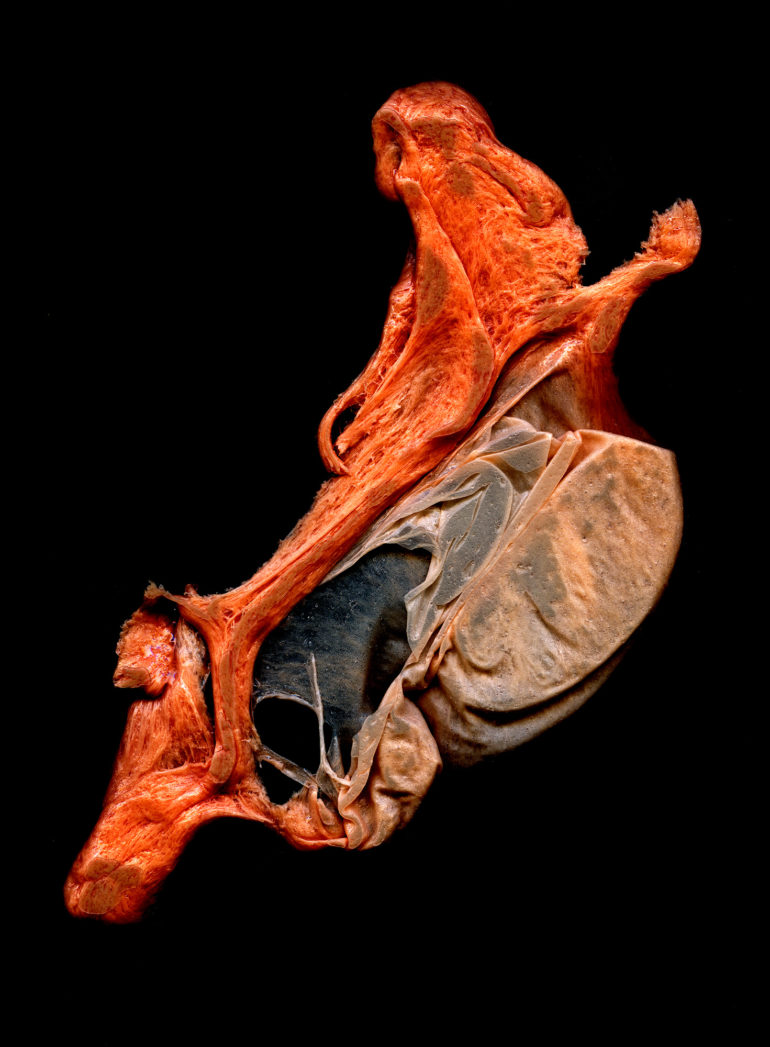
Phoblographer: In terms of finding your style, how long did it take you to get there and what was that process like for you?
MM: I simply always try to come up with original ideas, and then an original aesthetic to match those ideas. The idea comes first, and then I use whatever technical tricks I can think of to have the final print match the original idea. My only criteria for an idea is that I have an earnest and uncontrived connection to whatever the subject matter may be. I will print and print until I can view something that is without compromise. This process can take years, (while also completing other works). I just recently finished a print that finally looks correct. It took ten years to get it that way.
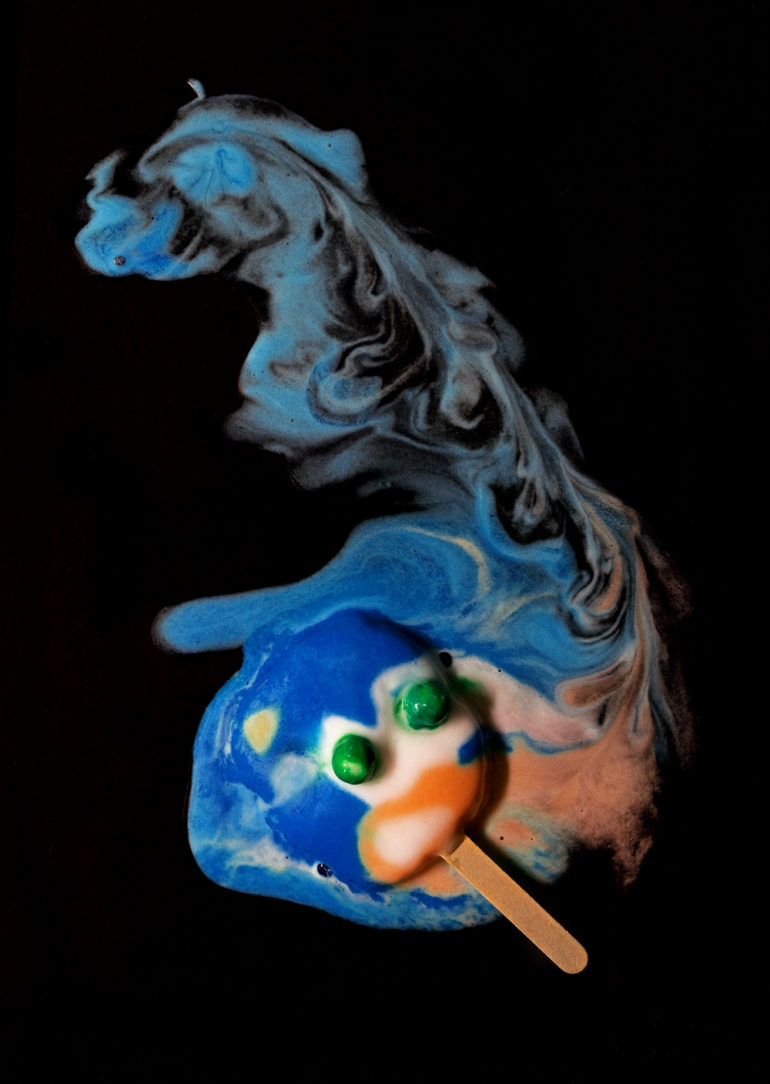
Phoblographer: You seem to do most of your photography at night, is there a particular reason for this?
MM: I like the solitude. I feel connected to the world when nobody is around. That world makes sense to me. Everything takes on a kind of heightened state. It’s exciting.
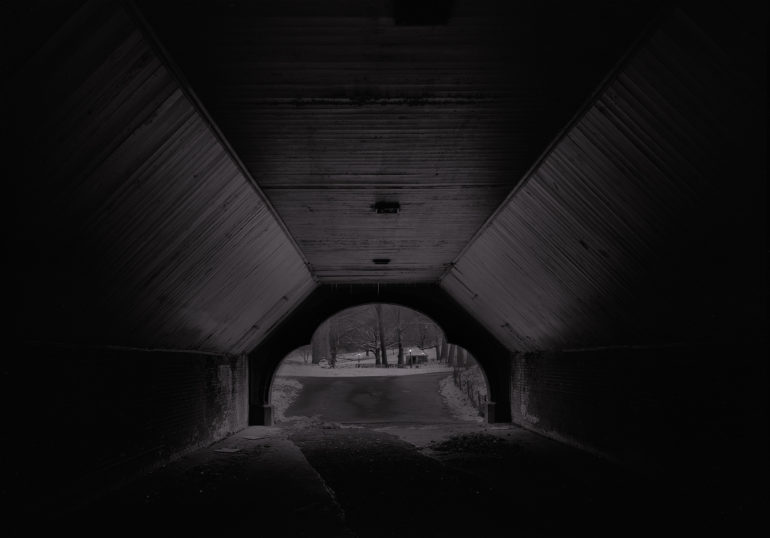
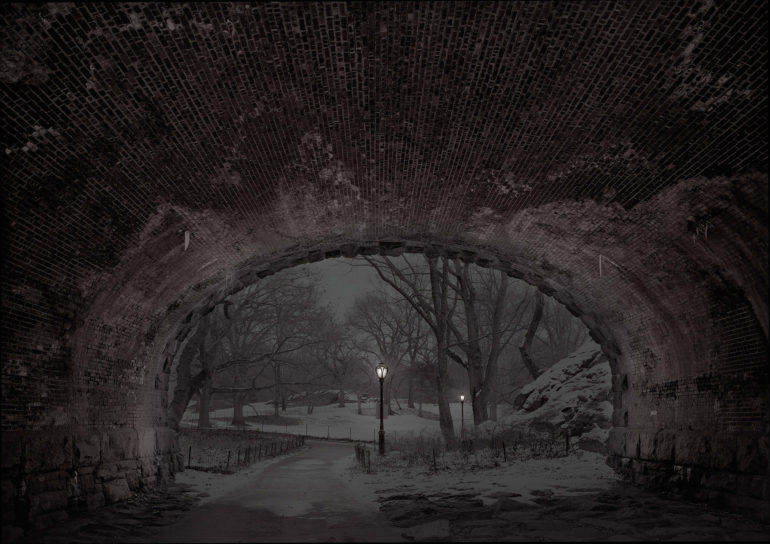
Phoblographer: You have been involved in a fair amount of exhibitions. Which one are you most proud of?
MM: I’m a bit of a self-destructive perfectionist, so I’m usually just disturbed by exhibitions. I always want to fix something, make something better, and I’m usually more concerned with what’s next rather than whatever’s happening in the present.
The idea makes the location come to life…
Phoblographer: Does being a perfectionist cause any artistic barriers for you?
MM: It can, but I don’t think that’s a bad thing. I believe that perfectionism is a kind of harsh self-examination (a brutal honesty that is not pleasant). It can stop you in your tracks, but you have to fight through it, and in that fight, is where you can vastly improve.
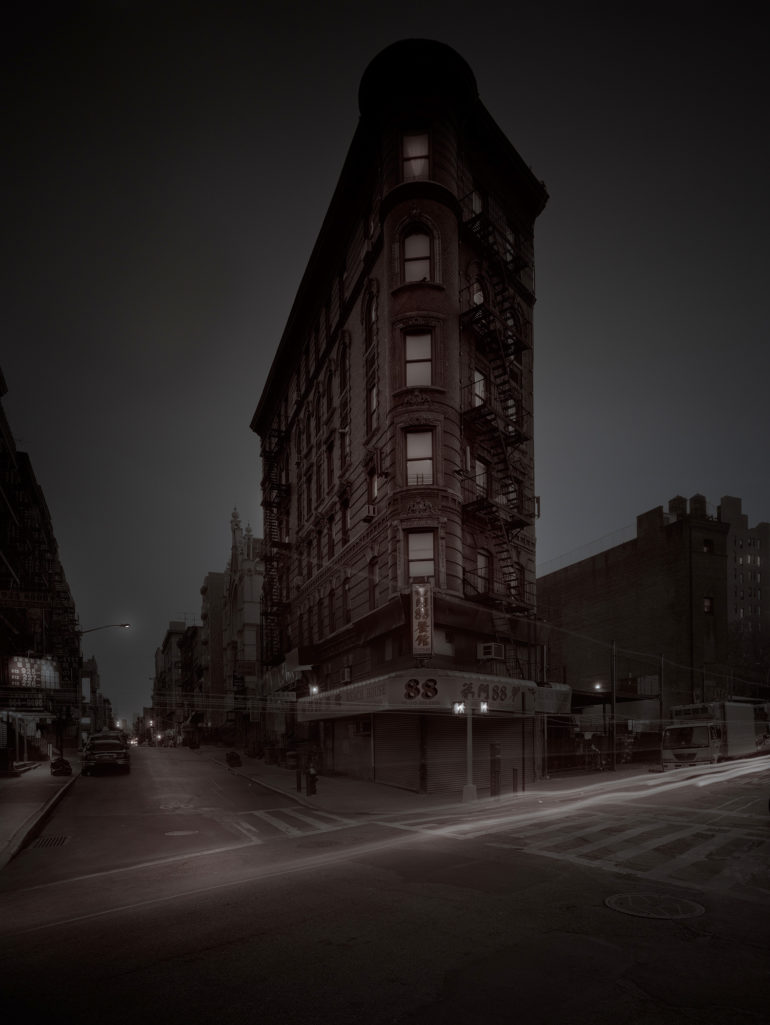
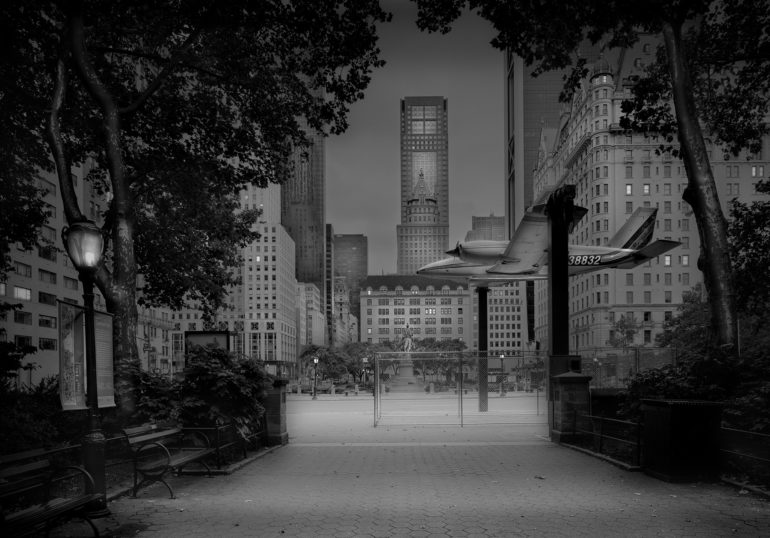
Phoblographer: Where is your favorite location to make photographs?
MM: My favorite location is whatever series/idea I’m currently working on. The idea makes the location come to life, and once the idea has been gone through and competed, the area itself doesn’t mean too much to me anymore.
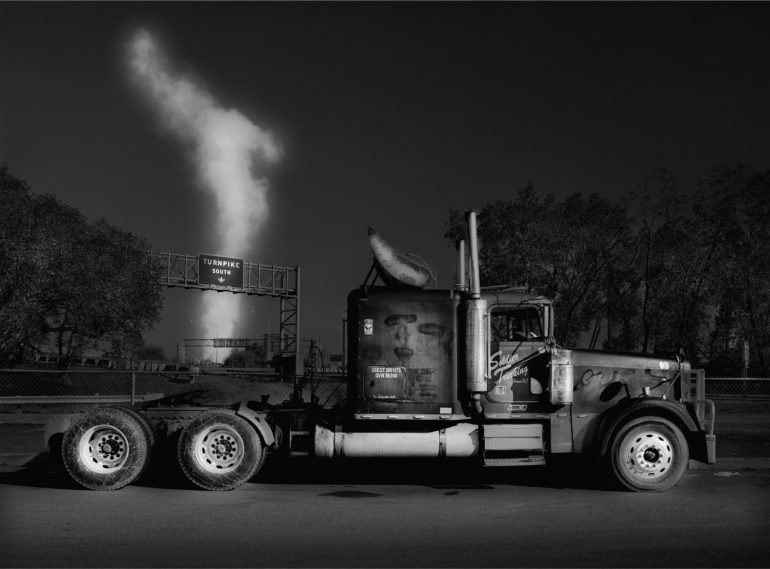
Phoblographer: Tell us about your set up. What equipment are you using to make your photographs?
MM: For my black and white work, I predominately use large format view cameras (8”x10”, 5”x7”, and 4”x5”). I still shoot sheet film that I develop in a series of staining developers called PYRO. I practice a technique called “standing development”, which creates very sharp, high-resolution negatives, with little, to no grain.
In regards to printing, I work in a custom darkroom. I create gelatin silver prints from a series of colorized internegatives and masks I make from the original in-camera negatives. I use large vertical vacuum frames to create contact prints, and multicolored exposure lighting to create “split contrast” prints. The prints themselves are usually split toned (using gold and selenium), bleached, selectively toned, and sometimes tinted. All of the prints are processed in large open trays. I work alone, and I outsource no part of my process.
I prefer this process because this is what it takes for me to chase down and present the original idea.
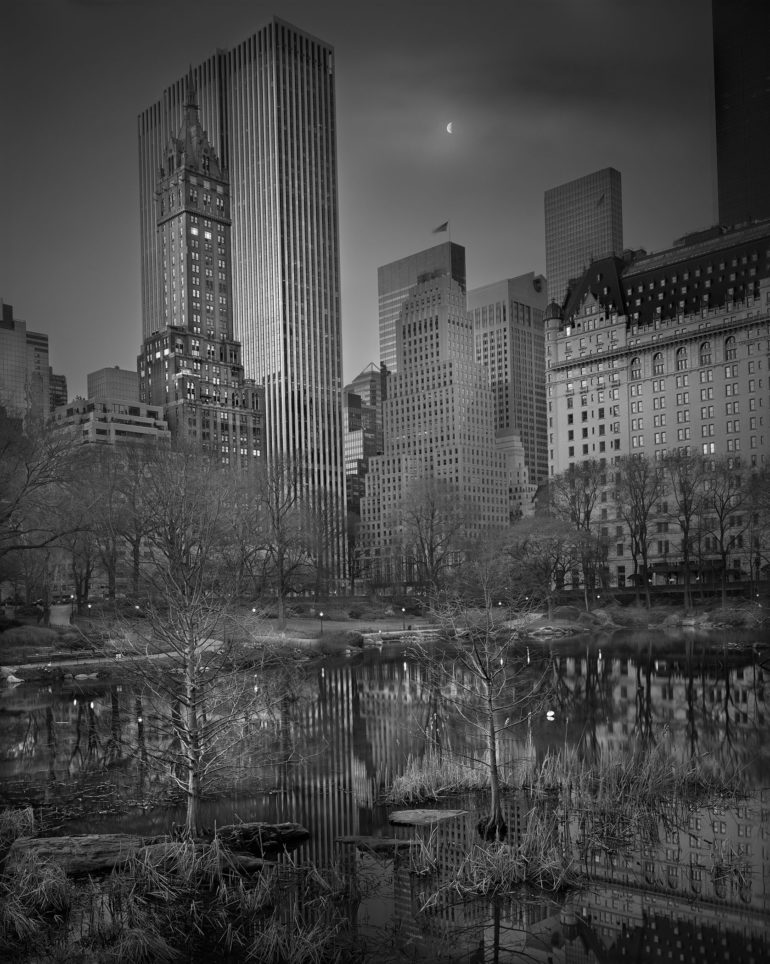
Phoblographer: Finally, if you could only keep one of your projects which would it be and why?
None, but I would keep the Frank Sinatra album – “A Man Alone”
Be sure to check out more of Michael’s work over on his website, where you can also find further details on how to purchase his prints


